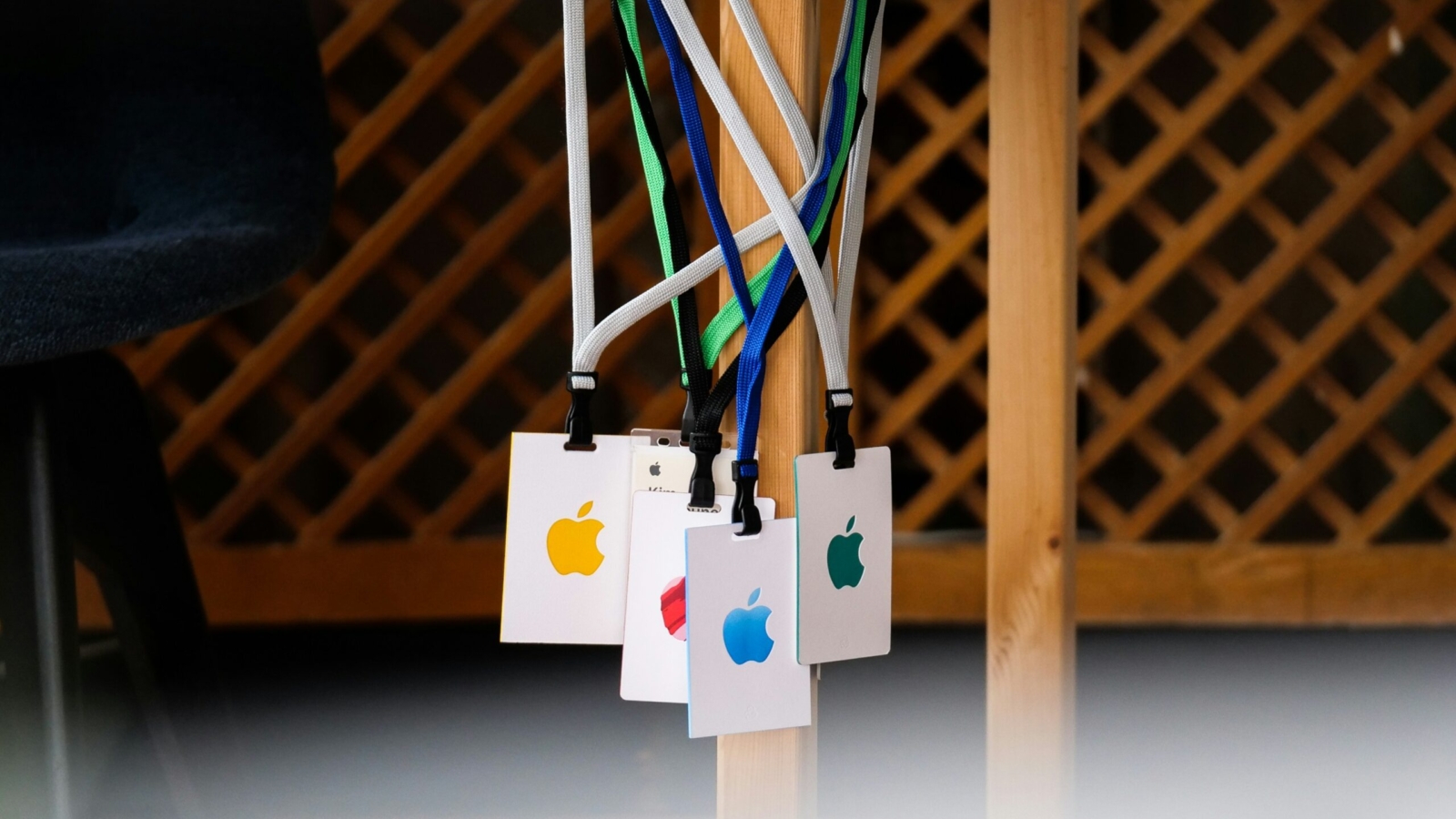Is Apple losing touch with its most loyal users? That’s the question I’ve been asking myself — especially after Samsung’s Galaxy S25 Ultra finally lured me away from the Apple ecosystem.
Despite Apple’s reputation for excellence in design, user experience, and brand loyalty, longtime users are noticing cracks in the polished facade. From a stagnating Apple Watch to a disappointing AI rollout, there are growing frustrations that can’t be ignored.
In this post, I break down the four biggest issues Apple needs to address in 2025 — and how WWDC could be a critical turning point for the company.
1. Apple Watch Innovation Has Stalled
Once a bold leap into wearables, the Apple Watch now feels outdated. Battery life remains a major flaw — most models still require nightly charging, making them less effective for sleep tracking and all-day health monitoring.
Even in the latest Series 9 and SE models, Apple hasn’t moved the needle. Competitors like Garmin and Fitbit offer multi-day battery life, better health insights, and fresh designs. Meanwhile, Apple’s core watch design has barely changed in years.
According to Counterpoint Research, smartwatch shipments declined in 2024, and Apple lost market share — a clear sign of user fatigue.
What Apple must do: Rethink the Watch as a health-first device, not just a smartphone accessory. A redesigned Apple Watch Ultra with medical-grade sensors and extended battery life could reenergize the segment.
2. Apple Intelligence Still Lacks a Killer Feature
Apple’s push into generative AI — branded as Apple Intelligence — has yet to impress. While rivals like Microsoft and Google are embedding AI into core experiences, Apple’s approach feels disjointed and vague.
Features like message summarization, email drafting, and Siri enhancements are nice, but incremental. There’s no breakthrough moment — no compelling use case that makes AI on iPhone or Mac indispensable.
Even internally, Apple has shuffled leadership behind its AI strategy, signaling uncertainty.
What Apple must do: Identify and deliver a standout AI use case that resonates with average users. Think less “background assistant,” and more everyday problem solver. Without a clear vision, Apple risks falling behind in one of the tech industry’s biggest shifts.
3. iPhone and Windows Still Don’t Play Nice
In a world where users often mix and match devices, Apple’s iPhone–Windows integration remains frustrating.
Message syncing, file sharing, and cross-platform continuity are clunky or non-existent. Yes, tools like iCloud Photos and Microsoft’s Phone Link offer small improvements, but it’s nowhere near the seamless experience Android users enjoy with Windows PCs.
Nearly half of U.S. users rely on Windows, yet Apple continues to ignore this segment.
What Apple must do: Build deeper, native-level integration between iOS and Windows. Think AirDrop for Windows, iMessage on desktop, and cross-device clipboard and notifications. If Apple truly wants to be user-centric, it must reduce friction — not force loyalty.
4. Apple Is Late to the Foldable Phone Revolution
Foldable smartphones are no longer futuristic concepts. Samsung, Google, OnePlus, and Huawei are all launching foldables with increasing polish and innovation. Even midrange foldables are entering the market.
Yet Apple has no foldable iPhone — not even a prototype or official confirmation.
This is a significant missed opportunity. Apple usually waits to perfect categories, but 2025 may be too late to make a splash. Consumers now expect multitasking, flexibility, and big-screen experiences in compact form factors.
What Apple must do: At the very least, showcase a foldable concept or roadmap. A bold design vision could reassure fans that Apple is still leading the way, not trailing behind.
WWDC 2025: A Make-or-Break Moment?
Apple’s Worldwide Developers Conference in June 2025 could be a turning point — or a missed chance to reset the narrative.
Imagine WWDC delivering:
- A redesigned Apple Watch with multi-day battery life and advanced health sensors
- A cohesive and intuitive Apple Intelligence platform with real value
- Deeper Windows integration for seamless cross-platform use
- A bold preview of a foldable iPhone
That would send a clear signal: Apple is ready to lead again.
But if Apple delivers only minor updates and incremental tweaks, the perception that it’s coasting on past success will grow louder. And as users like me have already shown, there’s a limit to loyalty when innovation stalls.
Apple isn’t just a hardware company — it’s a platform that defines how millions of people interact with technology. But in 2025, it’s clear that users want more than minor upgrades and walled gardens.
We want fresh ideas. Seamless integration. Bold form factors. Real-world AI. And most of all, a sense that Apple still understands — and values — the people who’ve been with it from the start.
WWDC 2025 will tell us everything. Will Apple rise to the occasion, or continue to take users like me for granted?


Add a Comment